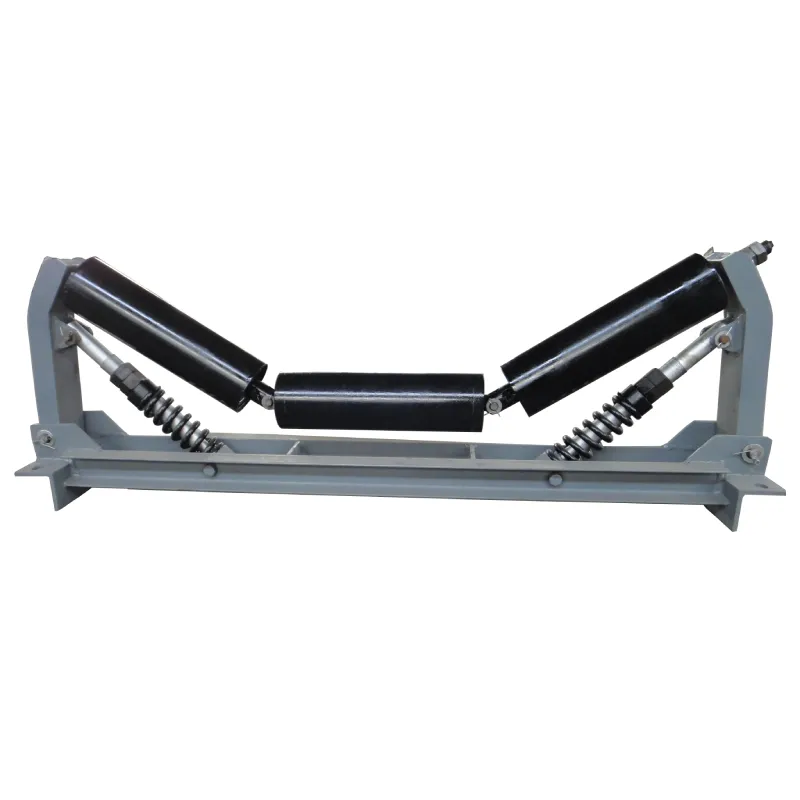 Afrikaans
Afrikaans  Albanian
Albanian  Amharic
Amharic  Arabic
Arabic  Armenian
Armenian  Azerbaijani
Azerbaijani  Basque
Basque  Belarusian
Belarusian  Bengali
Bengali  Bosnian
Bosnian  Bulgarian
Bulgarian  Catalan
Catalan  Cebuano
Cebuano  Corsican
Corsican  Croatian
Croatian  Czech
Czech  Danish
Danish  Dutch
Dutch  English
English  Esperanto
Esperanto  Estonian
Estonian  Finnish
Finnish  French
French  Frisian
Frisian  Galician
Galician  Georgian
Georgian  German
German  Greek
Greek  Gujarati
Gujarati  Haitian Creole
Haitian Creole  hausa
hausa  hawaiian
hawaiian  Hebrew
Hebrew  Hindi
Hindi  Miao
Miao  Hungarian
Hungarian  Icelandic
Icelandic  igbo
igbo  Indonesian
Indonesian  irish
irish  Italian
Italian  Japanese
Japanese  Javanese
Javanese  Kannada
Kannada  kazakh
kazakh  Khmer
Khmer  Rwandese
Rwandese  Korean
Korean  Kurdish
Kurdish  Kyrgyz
Kyrgyz  Lao
Lao  Latin
Latin  Latvian
Latvian  Lithuanian
Lithuanian  Luxembourgish
Luxembourgish  Macedonian
Macedonian  Malgashi
Malgashi  Malay
Malay  Malayalam
Malayalam  Maltese
Maltese  Maori
Maori  Marathi
Marathi  Mongolian
Mongolian  Myanmar
Myanmar  Nepali
Nepali  Norwegian
Norwegian  Norwegian
Norwegian  Occitan
Occitan  Pashto
Pashto  Persian
Persian  Polish
Polish  Portuguese
Portuguese  Punjabi
Punjabi  Romanian
Romanian  Russian
Russian  Samoan
Samoan  Scottish Gaelic
Scottish Gaelic  Serbian
Serbian  Sesotho
Sesotho  Shona
Shona  Sindhi
Sindhi  Sinhala
Sinhala  Slovak
Slovak  Slovenian
Slovenian  Somali
Somali  Spanish
Spanish  Sundanese
Sundanese  Swahili
Swahili  Swedish
Swedish  Tagalog
Tagalog  Tajik
Tajik  Tamil
Tamil  Tatar
Tatar  Telugu
Telugu  Thai
Thai  Turkish
Turkish  Turkmen
Turkmen  Ukrainian
Ukrainian  Urdu
Urdu  Uighur
Uighur  Uzbek
Uzbek  Vietnamese
Vietnamese  Welsh
Welsh  Bantu
Bantu  Yiddish
Yiddish  Yoruba
Yoruba  Zulu
Zulu conveyor idlers
Understanding Conveyor Idlers Essential Components for Efficient Material Handling
Conveyor systems are integral to various industries, ranging from mining to manufacturing, facilitating the efficient movement of materials. One of the most vital components of these systems is the conveyor idler. This article will explore the importance, types, and maintenance of conveyor idlers, along with their impact on the overall efficiency of conveyor systems.
What are Conveyor Idlers?
Conveyor idlers are cylindrical rollers that support the conveyor belt and assist in its movement. Positioned along the conveyor's length, these idlers help maintain belt tension, reduce friction, and guide the belt. Essential for preventing sagging, idlers play a critical role in ensuring that the belt operates smoothly and efficiently. Each idler type serves a unique purpose, tailored to fit specific operational needs.
Types of Conveyor Idlers
Conveyor idlers come in various types, each engineered for specific applications
1. Standard Idlers These are the most commonly used idlers, designed for general material handling applications. They come in various configurations, such as troughing idlers for carrying bulk materials and flat idlers for transporting packaged goods.
2. Impact Idlers Positioned at transfer points, impact idlers are designed to absorb the shock of heavy loads and prevent damage to the conveyor belt.
3. Return Idlers Located on the underside of the conveyor system, return idlers support the belt as it returns to the initiation point. They help maintain proper belt alignment while reducing wear on the belt edges.
4. Training Idlers These idlers help align the conveyor belt, preventing it from drifting to one side. Proper alignment is crucial for maintaining efficient operations and prolonging the lifespan of the belt.
5. Self-Aligning Idlers These idlers are designed to automatically adjust the belt's position, ensuring it remains centered throughout its operation.
Importance of Conveyor Idlers
The role of conveyor idlers extends beyond mere support; they are critical for enhancing efficiency, safety, and reliability in conveyor systems
conveyor idlers

1. Reducing Friction By providing a smooth surface for the belt to glide over, idlers minimize friction, which translates to lower energy consumption and reduced wear on both the belt and motor.
2. Maintaining Tension Idlers assist in maintaining the correct tension on the conveyor belt, preventing slippage and improving the overall performance of the system.
3. Enhancing Material Flow Efficiently designed idlers contribute to a consistent and uninterrupted material flow, which is paramount in high-volume operations.
4. Reducing Maintenance Costs By ensuring that the conveyor system operates effectively and minimizing belt wear, idlers can significantly reduce maintenance costs over time.
5. Improving Safety Properly functioning idlers help maintain the stability of the conveyor belt, reducing the risk of accidents and ensuring a safer working environment.
Maintenance of Conveyor Idlers
Regular maintenance of conveyor idlers is crucial for sustaining their functionality and the overall performance of the conveyor system. Key maintenance practices include
1. Routine Inspections Regularly inspect idlers for wear, misalignment, and damage. Early detection of issues can prevent larger problems from arising.
2. Lubrication Ensure that the bearings in the idlers are well lubricated to prevent friction and wear, extending the longevity of the components.
3. Cleaning Remove any debris or material buildup around the idlers to maintain smooth operation and prevent wear on the belt.
4. Replacement When idlers show signs of significant wear or damage, they should be replaced promptly to prevent disruptions in the conveyor system.
Conclusion
In conclusion, conveyor idlers are essential components that significantly impact the functionality and efficiency of conveyor systems. Understanding their types, roles, and maintenance needs can help industries maximize productivity and minimize operational costs. By prioritizing the maintenance of idlers, businesses can ensure smooth material handling operations and enhance the overall performance of their conveyor systems. With the right attention and care, conveyor idlers can provide reliable support for years, making them a critical investment for any operation that relies on conveyor technology.
-
Revolutionizing Conveyor Reliability with Advanced Rubber Lagging PulleysNewsJul.22,2025
-
Powering Precision and Durability with Expert Manufacturers of Conveyor ComponentsNewsJul.22,2025
-
Optimizing Conveyor Systems with Advanced Conveyor AccessoriesNewsJul.22,2025
-
Maximize Conveyor Efficiency with Quality Conveyor Idler PulleysNewsJul.22,2025
-
Future-Proof Your Conveyor System with High-Performance Polyurethane RollerNewsJul.22,2025
-
Driving Efficiency Forward with Quality Idlers and RollersNewsJul.22,2025





























